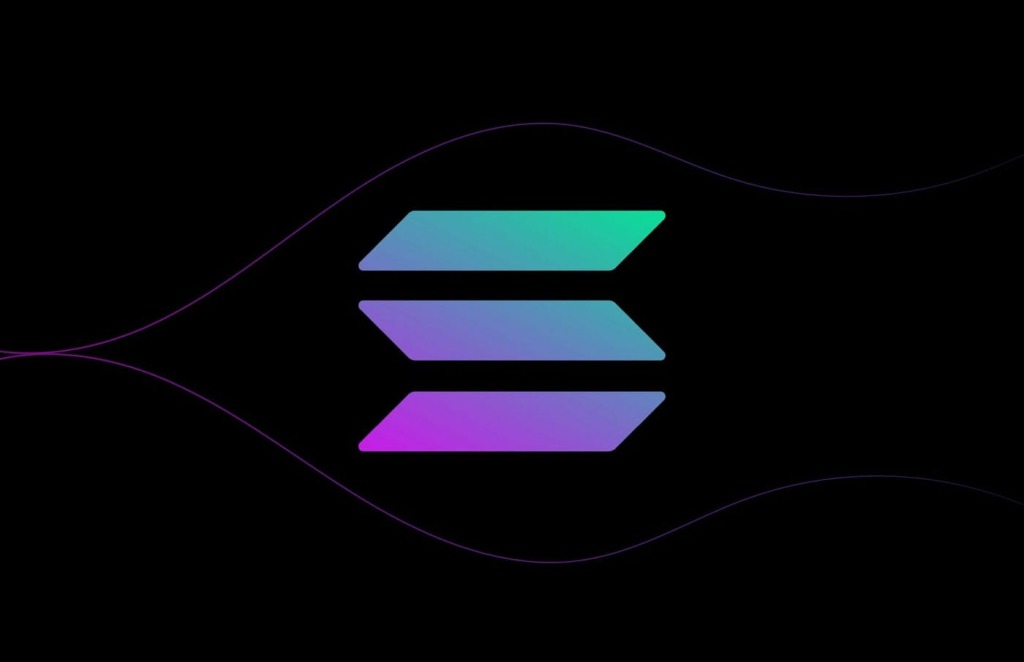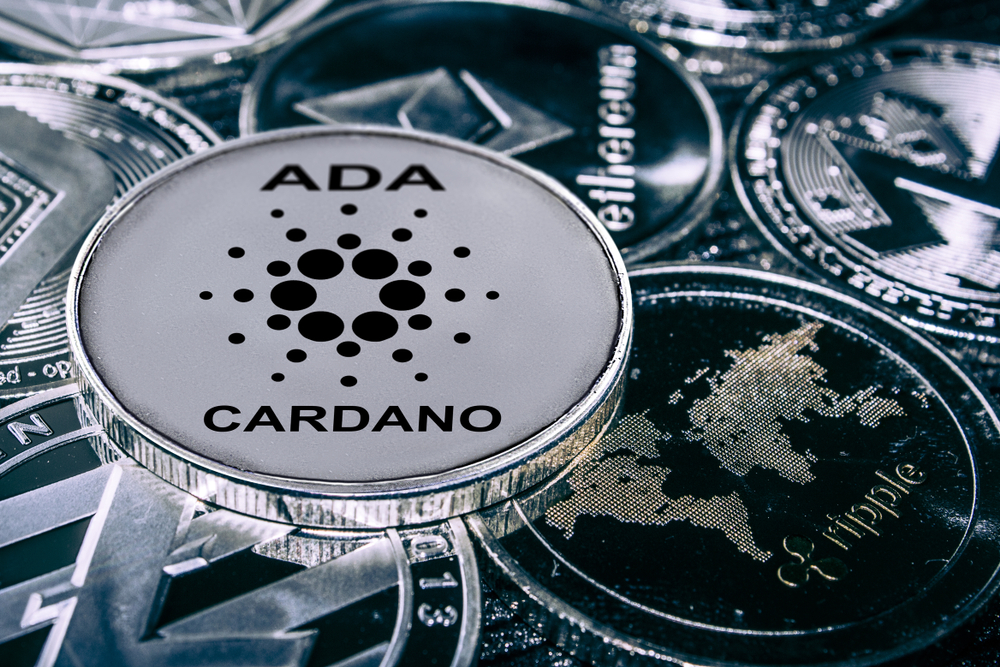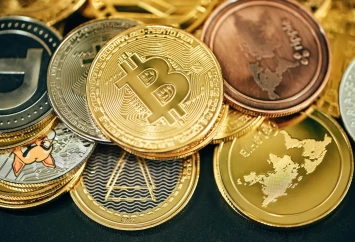When it comes to cryptocurrency and blockchain technology, two prominent names often discussed are Solana and Cardano. Both are Layer 1 blockchains that have gained significant attention for their innovative approaches to scalability, security, and transaction speed.
If you’re exploring the crypto market or curious about the differences between these two projects, this article provides key insights. It examines Solana (SOL) and Cardano (ADA), helping you identify which project aligns better with your investment goals and technological preferences.
Solana is renowned for its high-performance capabilities and fast transaction speeds, making it a favorite among developers and investors seeking scalability and efficiency. Conversely, Cardano stands out for its rigorous academic approach, prioritizing security, sustainability, and methodical development.
Whether you’re a seasoned crypto enthusiast or new to blockchain, understanding the nuances between Solana and Cardano is essential. This comparison explores their technological frameworks, community ecosystems, and performance metrics, offering a clear perspective for informed decisions.
The Technological Framework: How Solana and Cardano Differ
Consensus Mechanisms
The consensus mechanisms of Solana and Cardano are fundamental to their operational efficiencies and security models. Solana employs a hybrid consensus mechanism that combines Proof of Stake (PoS) with Proof of History (PoH).
The PoH mechanism acts as a cryptographic timestamping function, allowing nodes to agree on the order of events without the need for direct communication. This innovative approach enables Solana to process transactions in parallel, significantly enhancing its throughput and reducing latency.
In contrast, Solana’s PoS component secures the network by selecting validators based on the amount of SOL they hold and are willing to stake as collateral.
Cardano, on the other hand, uses the Ouroboros consensus algorithm, a pure Proof of Stake model designed to be energy-efficient and highly secure. Ouroboros divides the blockchain into epochs and time slots, with slot leaders elected to add blocks to the chain.
This protocol is based on peer-reviewed research and ensures security as long as 51% of the ADA stake is held by honest participants. Cardano’s approach emphasizes decentralization, with nearly 2,600 validator nodes participating in the network.
Smart Contract Capabilities
The smart contract capabilities of Solana and Cardano are built on different technological foundations. Solana’s smart contracts, referred to as ‘programmes,’ are typically written in Rust, although other languages like C and C++ can also be used.
Solana’s architecture allows for the concurrent execution of thousands of contracts due to its parallel execution model, which determines which transactions are independent and can be executed simultaneously. This makes Solana highly efficient for high-throughput applications such as DeFi and NFTs.
Cardano’s smart contract platform is built on the Plutus framework, which uses Haskell as its primary programming language. Plutus smart contracts consist of on-chain code that runs on the blockchain and off-chain code that runs on the user’s device, allowing for more efficient resource usage and improved scalability.
Plutus also employs formal verification techniques to enhance the security and reliability of smart contracts. Recently, Cardano has also integrated zero-knowledge smart contracts, such as the Halo2 smart contract, which further enhances security and privacy.
Scalability Solutions
Both Solana and Cardano have implemented different strategies to address scalability. Solana’s monolithic design allows everything to run on a single blockchain, leveraging its PoH-PoS hybrid mechanism to achieve high transaction speeds.
However, this design can lead to potential congestion and downtime, as evidenced by past network outages. Despite these challenges, Solana’s architecture supports high-speed transactions and minimal latency, making it attractive for applications requiring rapid execution.
Cardano, on the other hand, is taking a layered approach to scalability. The introduction of Hydra, a Layer-2 scaling solution, aims to significantly increase transaction throughput while maintaining the security and decentralization of the network.
This layered architecture separates transaction processing from smart contract execution, improving flexibility and efficiency. Cardano’s approach ensures that scalability is achieved without compromising on decentralization or security.
Community and Developer Ecosystem
Community Support and Engagement
The community support and engagement for Solana and Cardano are shaped by distinct approaches and philosophies. Solana’s community is recognized for its vibrant and dynamic nature, emphasizing rapid development and innovation.
This is evident in the numerous hackathons, developer conferences, and investment funds that Solana organizes to attract and support developers. The Solana ecosystem benefits from high-profile investors and partnerships, such as those with FTX, Audius, and fashion brands, fostering a lively and engaged community.
In contrast, Cardano’s community is rooted in a more methodical and research-driven approach. Its foundation in academic rigor and peer-reviewed research creates a community that prioritizes security, sustainability, and long-term reliability. This attracts developers and users who focus on building robust and secure applications rather than prioritizing speed and scalability above all else.
Cardano’s community engagement is further enhanced through strategic partnerships with academic institutions and various industries, driving adoption and developing real-world use cases.
Current DApps and Projects
The ecosystems of Solana and Cardano host a diverse range of decentralized applications (dApps) and projects, showcasing the unique strengths of their respective platforms. Solana’s high-throughput capabilities and low transaction fees have made it a hub for DeFi protocols, with over 100 DeFi applications currently active on the network. These include popular platforms for lending, swapping, and other financial services, attracting significant liquidity and user engagement.
Additionally, Solana’s ecosystem is rich in NFT projects, leveraging the platform’s fast transaction speeds and low costs to create seamless user experiences.
Cardano, while hosting a smaller but growing DeFi ecosystem with around 15 protocols, focuses more on real-world use cases such as identity management, education, and supply chain tracking. Projects like World Mobile and Atala PRISM exemplify Cardano’s dedication to practical applications that drive meaningful change.
Cardano’s methodical approach ensures that the dApps and projects built on its platform are robust, secure, and aligned with the network’s long-term vision.
Engagement with Financial and Technological Sectors
Both Solana and Cardano have made significant strides in engaging with the financial and technological sectors, albeit with differing approaches. Solana has established partnerships with major financial players, such as Google Cloud, which operates as one of Solana’s validator nodes.
Solana has also introduced a Web3 smartphone, further integrating blockchain technology into mainstream devices. These partnerships and innovations position Solana as a leader in the adoption of blockchain technology within the financial and tech industries.
Cardano, on the other hand, has focused on strategic partnerships to enhance its real-world utility. For example, Cardano has partnered with Brazil’s largest IT firm, SERPRO, to integrate blockchain solutions into the public sector, and with Argentina’s Entre Ríos Province to improve public administration efficiency. Additionally, Cardano has collaborated with global AI leader SingularityNET and engaged with major industry players like Microsoft Azure and Polkadot to expand its influence across various sectors.
Performance and Adoption Metrics
Transaction Throughput and Fees
When it comes to transaction throughput, Solana and Cardano exhibit significant differences. Solana stands out with its ability to process up to 65,000 transactions per second (TPS), making it one of the fastest blockchain networks available.
This high throughput is essential for applications that require rapid transaction processing, such as high-frequency trading and DeFi platforms. In contrast, Cardano processes around 250 TPS, which, although respectable, is substantially lower than Solana’s capacity.
The transaction fees on these networks also vary widely. Solana is known for its extremely low transaction fees, averaging $0.00025 per transaction, which makes it highly cost-effective for frequent and microtransactions. On the other hand, Cardano’s average transaction fee is $0.18, which is significantly higher but still relatively low compared to other blockchain networks.
Market Adoption and Growth Potential
The market adoption and growth potential of Solana and Cardano are influenced by their respective ecosystems and use cases. Solana has gained significant traction in the DeFi space, with a robust ecosystem of over 100 DeFi applications. This strong presence in DeFi, coupled with its high transaction speed and low fees, has attracted substantial liquidity and user engagement.
Additionally, Solana’s developer activity has seen a 48% increase over the last year, indicating strong anticipation for future growth.
Cardano, while slower in terms of transaction speed, has a strong focus on real-world use cases and institutional adoption. The upcoming Hydra upgrade, which aims to enhance performance up to 1 million TPS, is expected to boost Cardano’s adoption by institutions and increase the use of DeFi applications on the platform.
Cardano’s methodical and research-driven approach has also attracted investors looking for sustained investment rewards through staking, with predictions suggesting ADA could exceed $2.50 by February 2025.
Sustainability and Energy Consumption
Sustainability and energy consumption are critical metrics for evaluating the long-term viability of blockchain networks. Solana, as a Proof of Stake (PoS) blockchain, consumes significantly less energy compared to traditional Proof of Work (PoW) networks. In 2024, Solana’s projected energy consumption is approximately 8,755 megawatt hours (MWh), which is equivalent to the electricity used by about 833 American homes.
Solana has also reduced its carbon footprint by 69% through the purchase of carbon credits and innovative biodiversity credits, showcasing its commitment to environmental sustainability.
Cardano, also a PoS blockchain, is energy-efficient and has a lower carbon footprint compared to PoW networks. While specific energy consumption figures for Cardano are not as widely detailed as those for Solana, its energy-efficient consensus mechanism ensures that it remains a sustainable option. Cardano’s focus on security and long-term reliability also aligns with a sustainable development approach, making it an attractive choice for users and developers concerned about environmental impact.
Conclusion
In conclusion, the comparison between Solana and Cardano highlights two distinct approaches to blockchain technology. Solana excels in transaction speed and scalability, leveraging its innovative Proof of History (PoH) combined with Proof of Stake (PoS) to achieve high throughput. This makes it ideal for applications requiring rapid transaction processing, such as DeFi and NFTs.
On the other hand, Cardano prioritizes security, sustainability, and academic rigor, using its Ouroboros PoS algorithm to ensure robust and reliable operations. Both platforms have unique strengths and cater to different priorities, whether it be speed, security, or sustainability.
When deciding between Solana and Cardano, consider your specific needs and investment goals. Whether you are a developer looking for high-performance capabilities or an investor seeking long-term reliability, both Solana and Cardano offer compelling opportunities. As the blockchain landscape continues to evolve, staying informed about these platforms can help you make informed decisions and capitalize on the potential of these innovative technologies.




